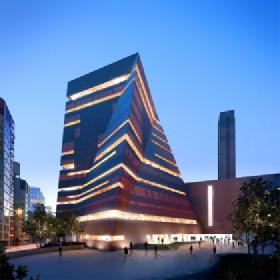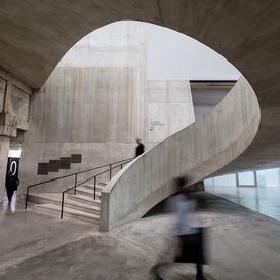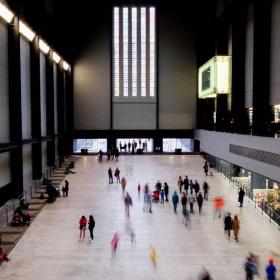The Tate Modern



I like museums a lot, and I’ve been to quite a few of them. Mostly art, for me. And I’ve a particular fondness for Modern and Contemporary art. So your interests might be different — maybe you’re a fan of Impressionism, or Greek sculpture’s more your thing, or maybe you like history or science or aeronautics or something else entirely.
So you can swap in whatever museum you want in here — the Prado, the American Museum of Natural History, the Museo Archeologico Nazionale di Napoli — there’s lots of choices, and dozens which deserve to be on this list. I haven’t picked the right one for you. I picked the right one for me.
For me, the real mark of a great museum is the ability to stun. You turn the corner into a room and spot something, a painting, a sculpture, an installation, that just steals your breath and shocks your senses. It doesn’t happen often, but it happens often enough to be worth seeking out.
The Tate Modern has the Mark Rothko room, composed of some of the famed Seagram murals, a set of paintings Rothko originally painted for the Four Seasons restaurant in New York. It’s a dark, somber room, and the experience of walking into that space, feeling the weight of those works bearing down upon you, is simply astounding. Rothko toured Italy as he prepared to paint them, and their deep reds evoke wine and feasting and the ecstasy of Dionysus. You could spend an afternoon lost in them. I know, because I did.
Rothko was famously contemptuous of wealth. When he accepted the commission, he said he wanted to create “something that will ruin the appetite of every son-of-a-bitch who ever eats in that room.” He ultimately decided the restaurant was too damn pretentious to even have his paintings and shoved them into storage for some years before eventually donating them to the Tate. And you can see them today, for a great deal less than lunch at the Four Seasons would cost you — the Tate is free to visitors.